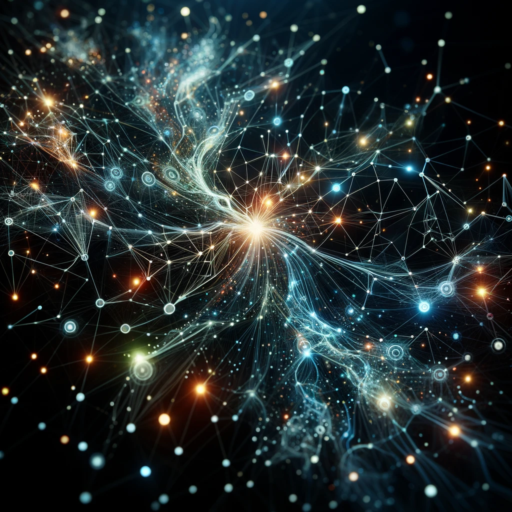Neural networks, a fundamental component of artificial intelligence (AI), have revolutionized how machines learn and make decisions. From voice recognition in smartphones to self-driving cars, neural networks influence various aspects of our daily lives. This blog post aims to demystify the complex world of neural networks, explaining their structure, how they work, and their applications in simple terms.
What Are Neural Networks?
At its core, a neural network is a computer system designed to mimic the way human brains operate. The idea is not to replicate the brain’s exact functioning but to approximate the way it processes information. This is achieved through layers of nodes, or “neurons,” which are interconnected and work together to solve specific problems, much like how neurons in the brain interact.
How Do Neural Networks Work?
- Structure of Neural Networks
A typical neural network consists of three main layers:
- Input Layer: This is where the network receives its raw data. Each neuron in this layer represents a unique piece of information that is fed into the network.
- Hidden Layers: These are the intermediate layers where the actual processing is done using a system of weighted connections. These layers can be one or several, depending on the complexity of the network.
- Output Layer: The final layer where results are outputted. This layer provides the conclusions or predictions made by the network from the given inputs.
- Learning Process
Neural networks learn through a process called “training.” During training, the network is fed large amounts of data. Each neuron assigns a weight to its input, which signifies the importance of that input in relation to the task the network is trying to learn. These weights are adjusted iteratively through a process known as backpropagation. Here’s how it generally works:
- The network makes a prediction.
- The prediction is compared to the actual outcome.
- The error is calculated and fed back through the system.
- The weights are adjusted to reduce the error in future predictions.
- Activation Functions
Activation functions are a critical part of neural networks. They decide whether a neuron should be activated, meaning whether it should contribute to the next layer. The function takes the weighted sum of the inputs and produces an output, which can be a simple yes/no, or it could be a probability value depending on the complexity of the function.
Applications of Neural Networks
Neural networks are versatile and scalable, making them useful in a wide range of industries:
- Healthcare: From diagnosing diseases to personalized treatment recommendations, neural networks are improving patient outcomes and operational efficiencies.
- Finance: Neural networks power complex trading systems, manage risk, and detect fraudulent transactions by analyzing patterns that are too complex for traditional systems.
- Automotive: Self-driving technology uses neural networks to make decisions in real-time about navigating traffic.
- Entertainment: Recommendation systems in platforms like Netflix or YouTube optimize user experiences by personalizing content recommendations.
Challenges and Future Prospects
While neural networks are powerful, they are not without challenges. They require vast amounts of data to learn effectively, are often described as “black boxes” because their decision-making process is not always transparent, and can be computationally intensive.
However, ongoing research and development promise to make these networks more efficient, transparent, and accessible in the coming years. Innovations such as “neural network pruning” and “transfer learning” are making it possible to run these networks on less powerful machines and with less data.
Conclusion
Neural networks continue to be at the forefront of AI research due to their remarkable ability to learn from and adapt to a wide array of complex tasks. As we understand and develop these systems further, their potential to transform industries will only grow, heralding a new era of innovation and efficiency.
Understanding neural networks allows us to appreciate not just the technology itself, but also the tremendous impact it has on our world and daily lives. Whether you’re a tech enthusiast or just a curious mind, the journey into the world of neural networks is indeed a fascinating one.

